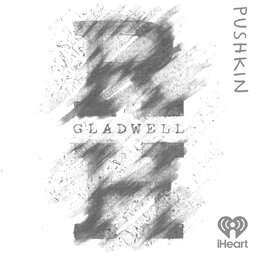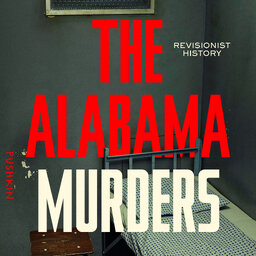Guns Part 5: The Footnote
At the end of a forgotten study of convicted murderers, the author left a devastating footnote. We travel to an old plantation house outside Montgomery Alabama to hear his story — and what it tells us about American gun violence.
 Revisionist History
Revisionist History


